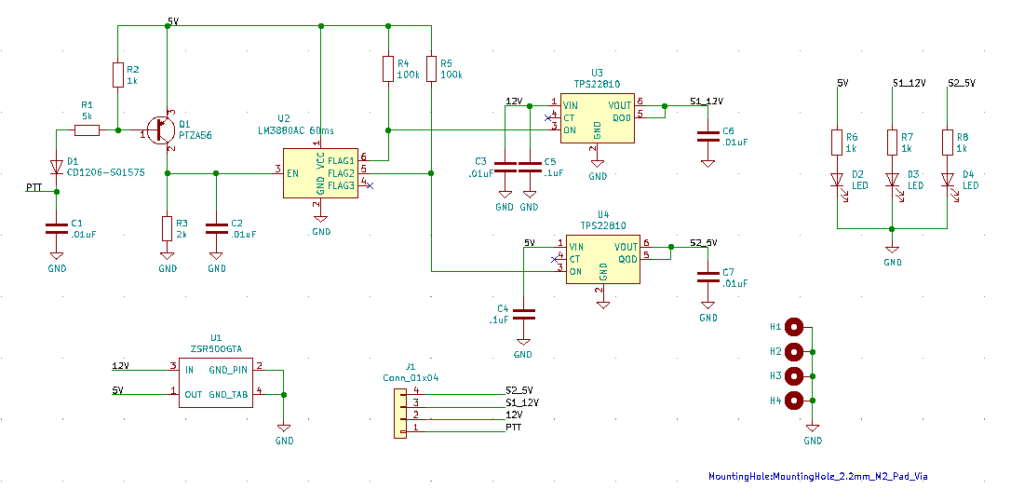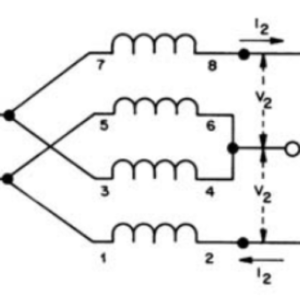Last year I got a lot of pings asking “where you been… why no posts… did you quit…” etc.
I get it! It’s been since May 24, 2020 since I last posted.
Well, I’m not a retired ham – still putting two kids (both engineers) through college! Also, work has gotten extremely busy this past year.
Even so, I still managed to design a little amp sequencer in 2020, and I started programming microcontrollers for some future projects.
In this post, I’ll share the sequencer. Here’s the functionality:
- The circuit is powered by 12V
- When PTT is grounded: immediately outputs 12V to close the T/R relays
- 60ms later, outputs regulated 5V for the LDMOS bias
- When PTT opens: reverse of above
This of course ensures your relays never actually switch RF. They are already closed before passing RF, which is FAR different than hot-switching 1kW or more of RF.
It also provides a 60ms delay-switched 5V for your bias circuit. This makes your amp front end switching and bias circuit very simple. The boas circuit on your amp will need no relay, no regulator, no timing, nothing but a temp compensated voltage divider.



I decided to download KiCAD on my MAC and see how I liked it. Nothing like designing a PCB on a MacBook Air with zero crashes and zero slowness….all while sitting on a couch watching TV!
73, N4GA



Leave a Reply